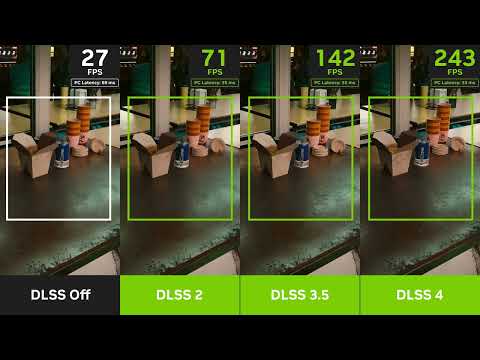

most critical elements of an exceptional PC gaming experience. If you’ve been on the lookout for a new GPU for your custom desktop setup and have considered one or more Nvidia models, there’s a strong possibility that you’ve come across the acronym “DLSS” printed on an Nvidia package or highlighted on a website listing.
DLSS signifies Deep Learning Super Sampling, a proprietary image enhancement and scaling technology that Nvidia introduced in 2019. Fueled by Nvidia’s neural network, DLSS is exclusively integrated into Nvidia’s RTX series of graphics cards. Over 300 games currently support this AI performance feature, and Nvidia has been continuously improving the technology since it was launched.
Essentially, DLSS represents Nvidia’s approach to temporal anti-aliasing up-sampling (TAAU), an imaging technology that employs sub-pixel variations from previous frames to enhance detail and reduce image aliasing. DLSS enables compatible games to appear clearer and operate more smoothly.
With each DLSS iteration, Nvidia has been simplifying the process for PC gamers to experience a more comprehensive graphics enhancement. The technology alleviates pressure on the GPU by transferring the majority of the image enhancements and upscaling tasks to AI. By utilizing lower-resolution frames as a base, Nvidia’s neural network fills in the missing details, yielding a final image that closely resembles a supported game’s native resolution.
When DLSS was initially launched, it was a unique feature for Nvidia’s RTX 20 series, which supported merely two games. However, upon the arrival of DLSS version 2, Nvidia leveraged AI to expand its TAAU improvements across a broader range of games, through the incorporation of Tensor Cores within the Nvidia RTX lineup.
DLSS version 3 unveiled a new algorithm that doubled the refresh rate for the Nvidia RTX 40 series, while version 3.5 introduced ray tracing capabilities. This replaced the algorithm from version 3.